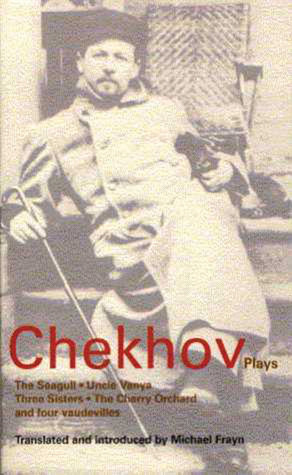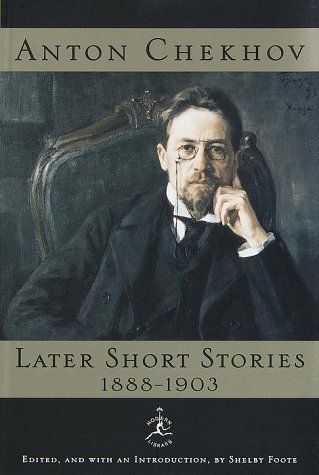
The Lady With the Little Dog and Other Stories, 1896-1904
Book Description
A forbidden affair blooms beneath the shadowy canopies of society's expectations in "The Lady With the Little Dog and Other Stories." Chekhov’s masterful storytelling captures hearts ensnared by longing and despair, where every glance sparks desire and every silence suffocates with unspoken words. Characters grapple with the weight of societal norms, torn between passion and propriety. As they navigate tangled relationships and profound loneliness, the air crackles with tension and emotional turmoil. Will they choose the safety of their mundane lives or dare to chase the fleeting whispers of love? What lengths will they go to find true happiness amid the chaos?
Quick Book Summary
"The Lady With the Little Dog and Other Stories, 1896-1904" showcases Anton Chekhov’s remarkable ability to capture the quiet, often tragic complexities of human relationships and emotional longing. Through a series of masterfully low-key tales, including the famed titular story, Chekhov explores themes of forbidden love, personal dissatisfaction, and the burdens of social expectations in late 19th-century Russia. Characters often find themselves trapped by circumstance or custom, yearning for connection but unable to break from conformity. Chekhov’s prose is spare yet evocative, illuminating subtle emotional undercurrents and the profound impact of fleeting moments. These stories are timeless meditations on loneliness, desire, and the bittersweet consequences of stepping beyond—or being unable to escape—the routines of daily life.
Summary of Key Ideas
Table of Contents
Yearning and Emotional Isolation
Anton Chekhov’s stories from 1896 to 1904 immerse readers in the private worlds of ordinary people facing extraordinary emotional conflicts. His skill lies in exposing the silent longings and heartaches that quietly shape lives. In "The Lady With the Little Dog," Dmitri Gurov and Anna Sergeyevna’s clandestine affair is emblematic of the tension between personal fulfilment and public restraint. Characters in these stories are often portrayed as trapped by routine or stifling social expectations, haunted by a sense of what could be should they break free.
The Strain of Social Conventions
A persistent theme is the pervasive feeling of loneliness that accompanies Chekhov’s characters. Despite their everyday interactions and relationships, many feel isolated and misunderstood. Longing for escape or deeper connections, they often find themselves disappointed by the reality of their choices. Chekhov illuminates the psychological intricacies of hope and regret, portraying moments of intimacy and vulnerability with aching authenticity and restraint.
Ephemeral Versus Enduring Happiness
The struggle between personal desire and societal demands is at the heart of these tales. Chekhov’s characters grapple with moral ambiguity and the consequences of transgressive love. The fear of scandal, judgment, or disruption prevents many from fully embracing happiness, leading to lingering dissatisfaction. The stories question whether brief moments of passion can outweigh a lifetime of conventional, but hollow, existence.
The Nature of Forbidden Love
Chekhov’s stories are also rich in their attention to the nuances of everyday life. His mastery lies in showing how daily routines, conversations, and passing encounters define destiny as much as grand events. Through subtle observation and understated dialogue, Chekhov paints a world where much remains unsaid, and the most significant changes often happen beneath the surface, in stolen looks and whispered words.
Everyday Life and Moral Ambiguity
Ultimately, "The Lady With the Little Dog and Other Stories" presents life as a series of morally complex choices made within constraining circumstances. Chekhov offers no grand solutions but rather explores the bittersweet beauty of desired but unattainable happiness, highlighting the universality of yearning, loneliness, and the continual search for meaning in ordinary existence.
Download This Summary
Get a free PDF of this summary instantly — no email required.





